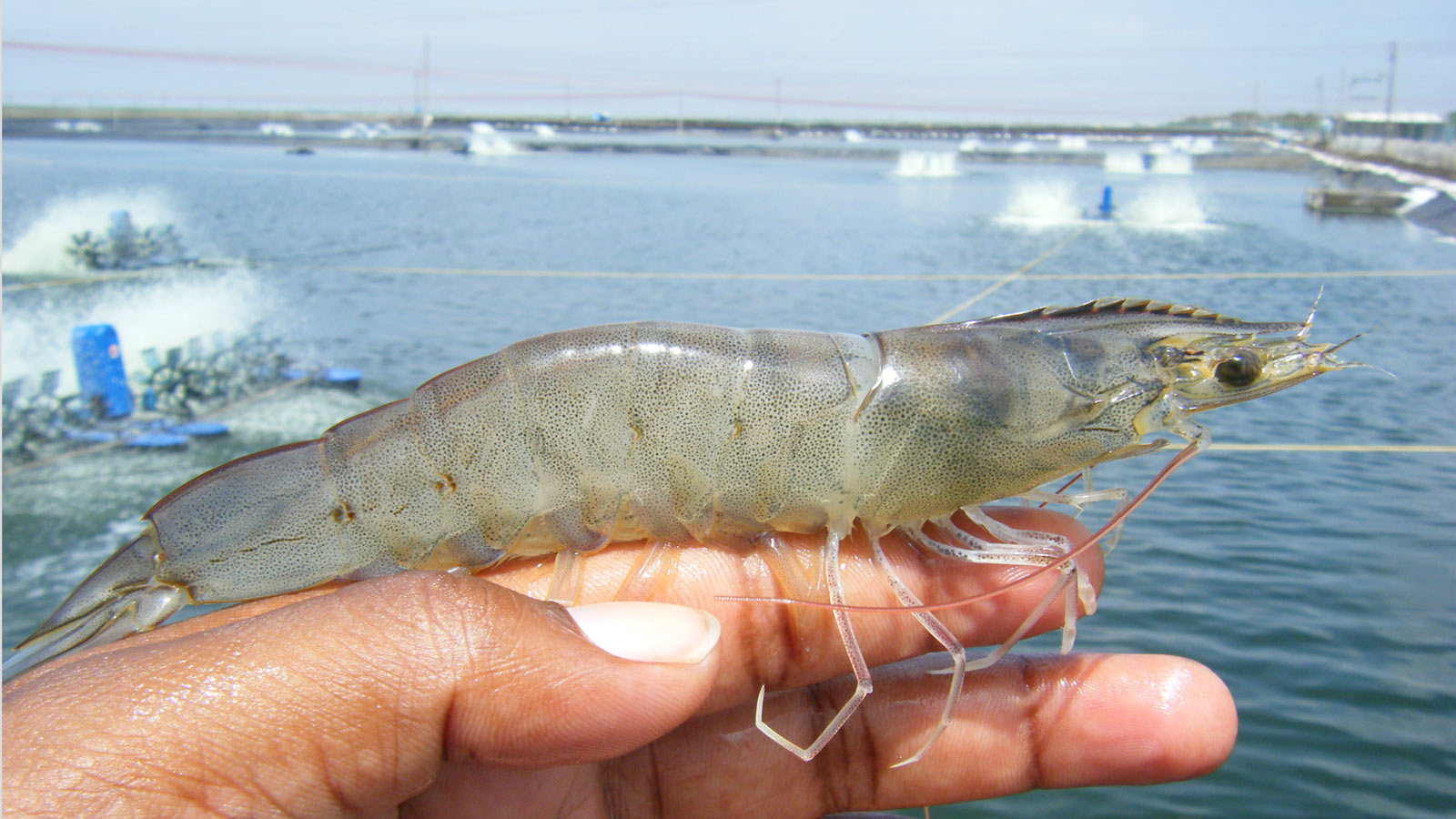Along with shrimp farming growth around the globe has come an increase in intensification, creating more stressful and less biosecure components in several farms, especially in those that were constructed with other production systems in mind. This has led to an increase in disease outbreaks, which is the main obstacle for shrimp aquaculture. Today, one new disease is significantly impacting shrimp farmers, white feces disease.
Apart from diseases, the most problematic component of shrimp farming is feed. Shrimp feed has increased its prices significantly over the last couple of years, more so today with high inflation and difficulties in the world’s logistic infrastructure, mainly derived from COVID-19.
Along with these problems, several products have arisen to improve shrimp’s health, improve FCR, or reduce disease outbreak risk. Most of these products focus on the performance of one of the most important organs in shrimp, the hepatopancreas.
In this short entry, we will briefly present what the hepatopancreas is, where you can find it (in shrimp) and how it works.
First, what is the hepatopancreas?
Very briefly, the way nutrients are obtained by animals follows a path that involves several organs. In the case of humans, feed is ingested and triturated in the mouth, saliva has the first digestive enzymes that will help reduce the complexity of some molecules. After this first process, feed goes through the esophagus to the stomach. Here, feed will be further processed with stomach acids and digestive enzymes, which are produced, in part, by the pancreas. If the pancreas stops working, then feed can no longer be processed correctly, losing the nutrients and failing to provide energy to the system. Similarly, the liver produces enzymes and substances that help digest and absorb nutrients from lipids; nutrients are absorbed along the intestine. After this process is finished, the portion of feed that isn’t usable is excreted.
A similar process is followed by shrimp (with some modifications), but in this case, the functions of the pancreas and the liver are done by one single organ, the hepatopancreas. In the hepatopancreas, we can find the first digestive process of feed. As we can assume, this organ is probably the most important one when it comes to feed assimilation, and nutrient absorption and distribution. Furthermore, it serves as the main storage of energy (mainly in the form of lipids) which is then used for reproduction, molting, and growing, which are processes with high energy demand.
But that’s not it; the hepatopancreas is not only a digestive organ; it’s also part of the first response to toxins. One function of the hepatopancreas is to filter the possible toxins in feed, such as heavy metals or other toxic components in feed or water. This leads to a high vulnerability of this organ to possible infections if water and feed quality are not controlled. This organ has the ability to detox the organism; it can eliminate possible pathogens and toxins when the load is not too heavy.
The hepatopancreas is located in the middle of the shrimp’s head, just before the intestine. If the shrimp has a healthy hepatopancreas, it can be seen as a large brown organ. One signal of a diseased hepatopancreas is decoloring. If the organ starts getting white spots or white coloration along with atrophy or changes in the size and/or shape of the organ, then that is a signal of possible dangerous diseases for the crop, such as EMS or AHPND.
To improve shrimp’s hepatopancreas health and, therefore, improve survival and growth, there are several things that a farmer can do. The first, and most important one, is to give correct feed rations. Overfeeding is linked with high stress in hepatopancreatic functions, leading to atrophy. Furthermore, overfeeding also promotes bad quality water, which will lead to higher demand for hepatopancreatic detox functions. Apart from feeding rations, one must check feed quality and composition. As extra care, farmers can provide bile acids and vitamin c as food supplements to improve lipid transport and reduce stress on the hepatopancreatic functions. Both components also serve as mild bactericides or bacterial growth controls, especially for gram-positive bacteria, which improves the pond’s health.
Either if you decide to use feed complements or only monitor health, be sure to look out particularly for hepatopancreatic shape and color; if you notice something weird, it is best to go to a laboratory to test for some of the more probable pathogens (mainly Vibrio sp., parvovirus and baculovirus, microsporidium or other endoparasites) and diseases (like HPV, CMNV, SHPN, NHP, AHPND, EHP, HPH). Manage your feed ratios well and control water quality, ensure you have control over bottom sludges, and improve biosecurity (especially in highly intensive farms).
Either if you decide to use feed complements or only monitor health, be sure to look out particularly for hepatopancreatic shape and color; if you notice something weird, it is best to go to a laboratory to test for some of the more probable pathogens (mainly Vibrio sp., parvovirus and baculovirus, microsporidium or other endoparasites) and diseases (like HPV, CMNV, SHPN, NHP, AHPND, EHP, HPH). Manage your feed ratios well and control water quality, ensure you have control over bottom sludges, and improve biosecurity (especially in highly intensive farms).
